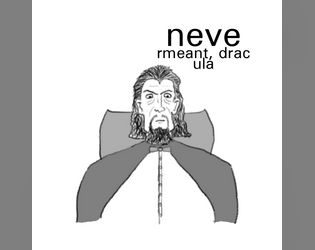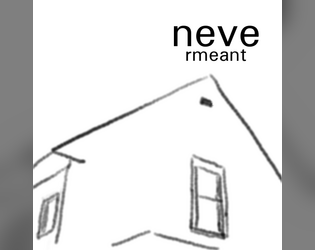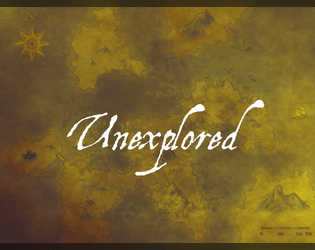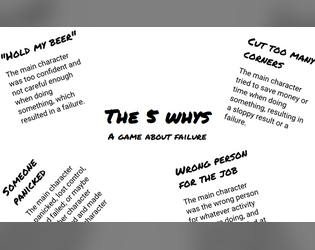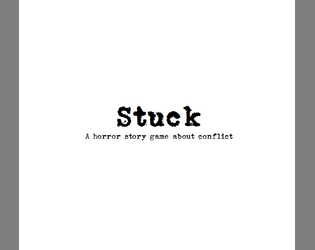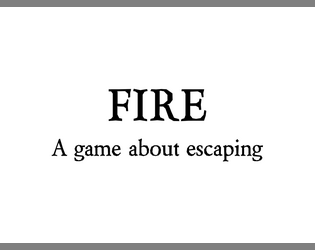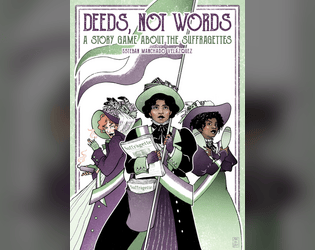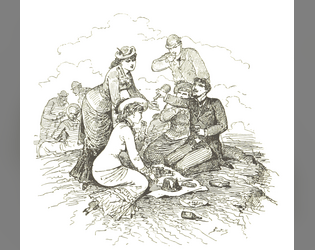Now I have played a second time. We used Ending #3: Dog of the Dead, but with a lighter tone (more like in the first ending). It worked well, although I wonder a couple of things:
- Are the friends supposed to be related in some way, or the same for everyone? If not, it feels to me that it will be essentially as many stories as there are dogs, just all set in the same "universe". Is that the intention?
- This time we chose different best friends, but they knew each other and their stories were connected and the dogs and best friends ended up meeting. The problem with this was that we had to take turns playing "The End" and one dog. We made it work, but it didn't feel like it was the game's intention.
- It feels more natural to me that one would choose the End and the tone before creating the dogs, so they make sense in the setting/tone. Is it on purpose that the dogs are created first?


